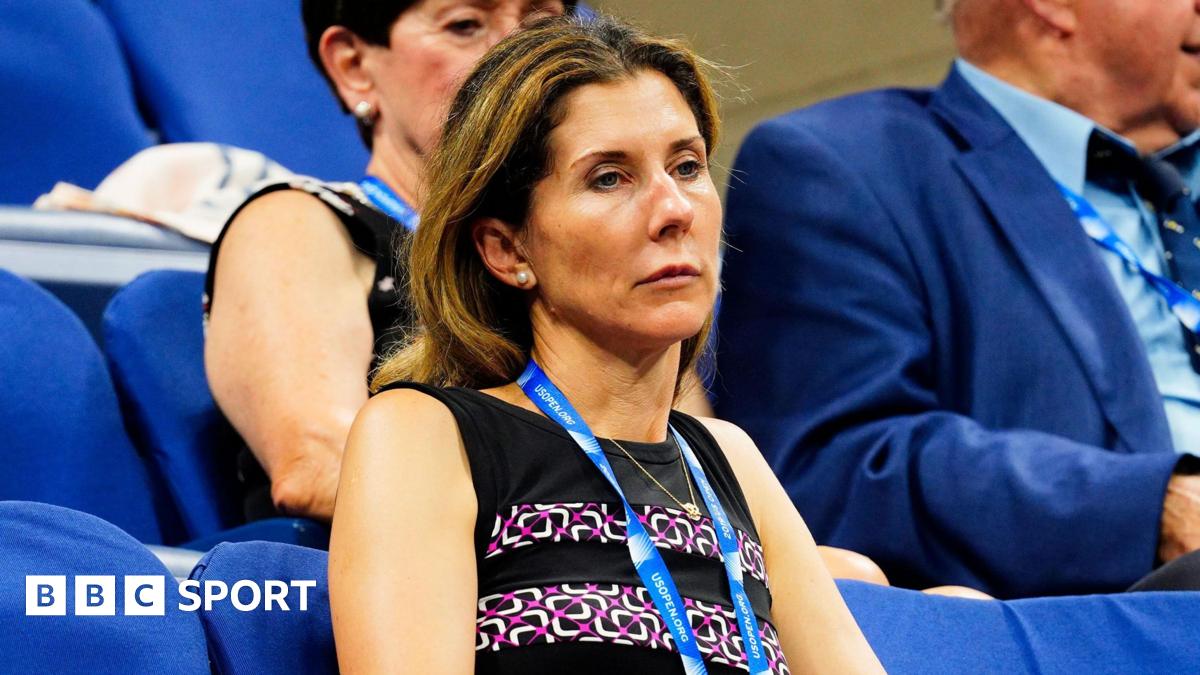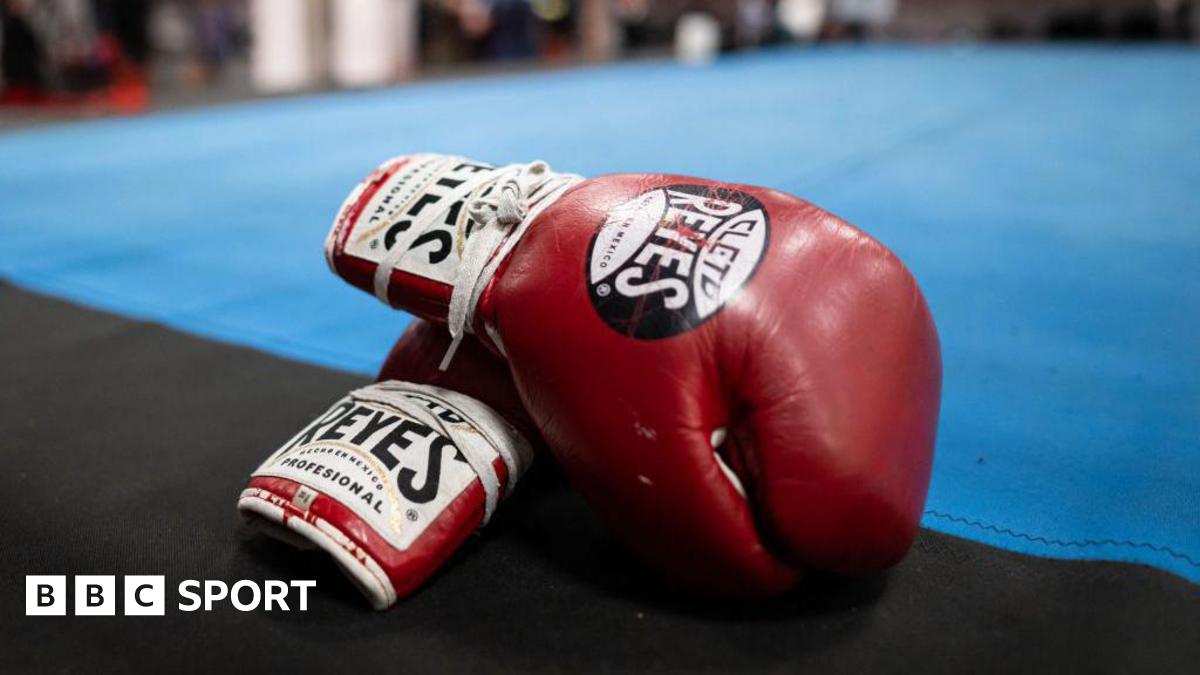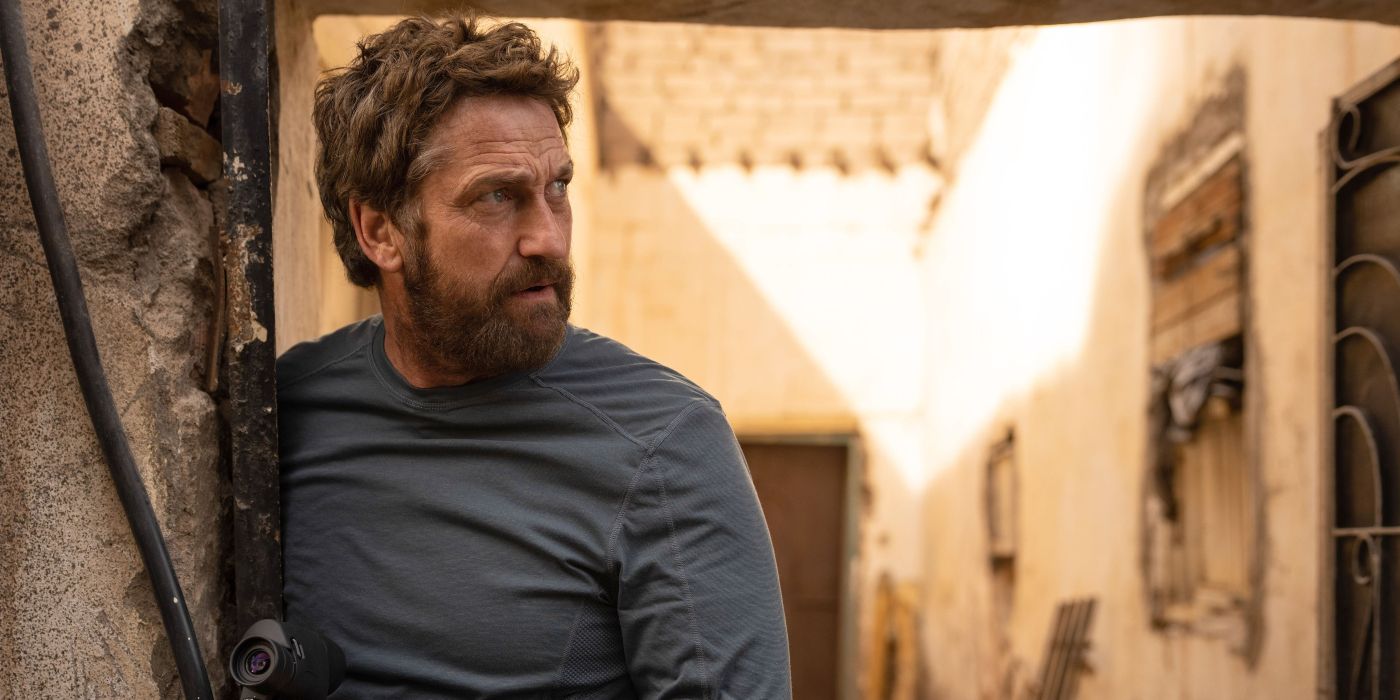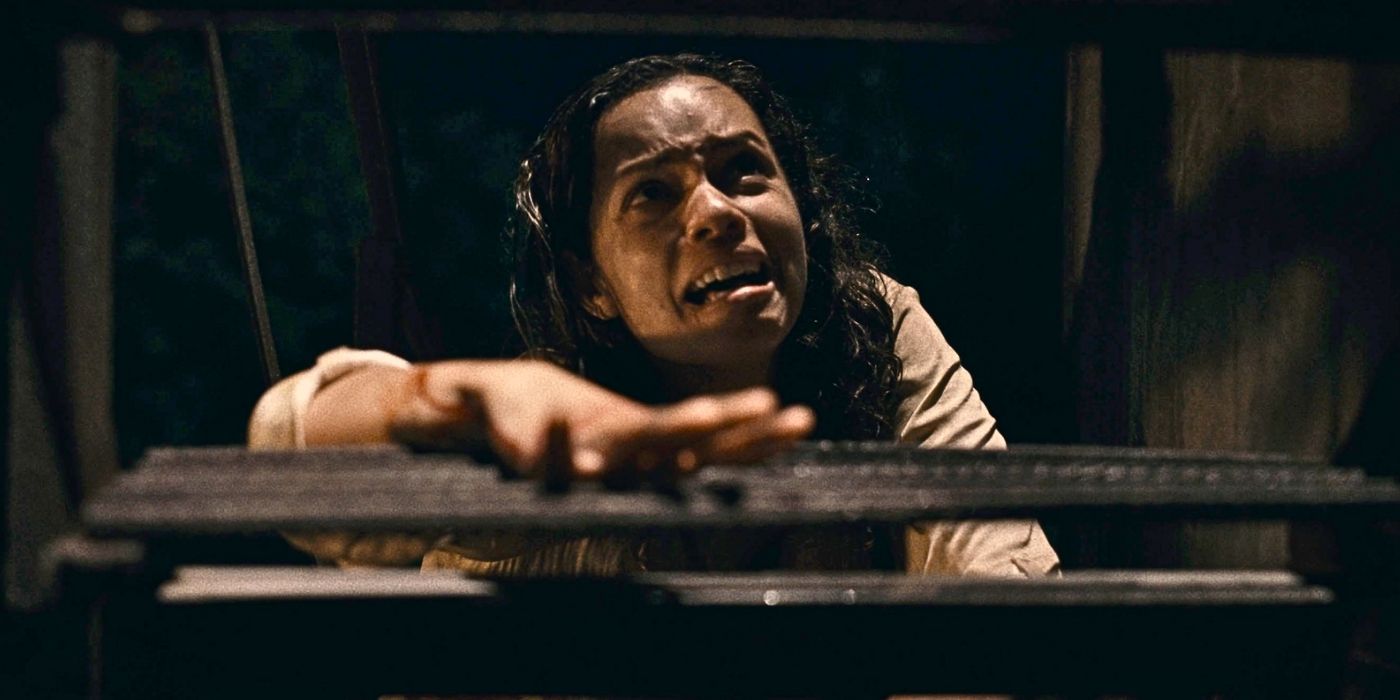VCs should still chase agtech Cinderellas

Most ag startups don’t fit the venture capital (VC) model. But here’s the thing—most companies in most industries don’t fit either.
VC is where Big Money goes in search of massive bets with massive rewards, typically representing a small part of a diversified portfolio for limited partners. VCs bet billions ($221 billion in 2024 in the U.S.) knowing that there’s a 1% chance for any company they invest in to become a unicorn ($1 billion valuation) and that 67% of startups fail to exit or raise follow-on funding, according to CB Insights. Sure, 30% of startups exit via IPO or M&A, but VC goes to the ball to find the 10x return on investment, not to settle for a stepsibling.
This topic has been covered ad nauseam lately by agtech VCs and journalists. A recent article from Ag Startup Engine argues that “agtech doesn’t fit the VC fantasy.” The article argues that smaller funds targeting profitable, mid-sized companies pursuing longer-term growth toward $50 million to $200 million exits via M&A are more likely to conserve their capital. And the companies they fund will drive incremental benefits that will make their customers happy.
That’s a very reasonable takeaway, and it exists; it’s called mid-market private equity (PE). But that’s not VC, nor does it fulfill VC’s purpose of funding high-risk, big ideas that hold the potential to solve farming’s biggest problems and change the industry’s future. Rather than trying to shoehorn VC into ill-fitted enterprises, the solution is for agtech founders to build Cinderella companies that fit VC’s “glass slipper” model with the potential to deliver magic for the industry and investors.
Deja vu all over again
You don’t need to search much to see that agtech is suffering. But this is a familiar cycle punctuated by rhetoric about how VC doesn’t understand ag. This is followed by hope for green shoots that brings to mind a rough morning after: “We learned from the mistakes of the past and we’re going to do things differently.”
Spoiler alert—the reality is that we’re not.
The same thing that happened in the two previous agtech cycles is happening again:
- Founders are thinking too small and inside the box.
- Investors (even more cynical than before) are looking for safe bets—things that don’t contradict any of the axioms relayed by the industry (regulatory is long, farmers don’t adopt new products, cycles are too long, and everyone inevitably sells to one of the incumbents).
If we don’t turn this narrative around, the next batch will suffer the same outcome. More capital will flee the space. And the industry will continue churning out incremental products with farmers remaining underserved.
Those who dare
If we want to break that cycle, it’s time for founders to swing for the fences and embrace bold visions rooted in contrarian views. If you aren’t hearing “that won’t work,” it probably isn’t daring enough.
The sad reality of agtech VC is that risk exists if you’re building something small or big, but the reward is only there in the latter. Agtech VC is failing because risk is dominating decision making in the absence of a big upside. And the tendency to suppress and control risk often comes at the expense of accelerating innovation.
Three founder behaviors are limiting the upside and creating agtech stepsisters rather than Cinderellas:
- Creating incremental products: It’s safer to lean into an existing market, but it’s almost always innovation that creates the upside, especially in a mature market. Uber didn’t make it easier to hail a taxi, it blew up the market by fundamentally changing how customers managed their transportation.
- Mimicking the behavior of incumbents: We need innovation in the market approach—business model, pricing, marketing, etc.—as much as innovation in the product itself. Copying the incumbent playbook might be rationalized by the desire to “not reinvent the wheel,” but in a world where failure is the norm, it’s better to innovate every aspect of your business.
- Building to get bought: Founding a company by planning who you want to sell it to is inherently thinking small, and it drives me bananas. M&A rarely delivers the 10x returns needed to make a case for true VC, so starting with a limited goal makes a poor fit for venture backing. Even worse, by capping the outcome, founders are capping their ambition (without noticing).
My company, InnerPlant, was designed from the beginning to swing for the fences, hence fitting the VC model. We’ve always known that we were going to learn from how the incumbents disappoint farmers to chart our own path, and we’ve always aimed beyond M&A. And as for the boldness of the vision, I’ve heard to no end that my idea was too hard, too complicated, with too many elements that have to go right. Luckily I found the investors who aren’t afraid of hard things.
The people who said those things weren’t wrong. But ultimately, VCs are looking at risk versus opportunity; those risks are all still there, but the prize is massive—and that is what venture all about!
The future is unknown, and it’s impossible to predict what will happen when the clock strikes midnight. But founders need to make sure that they’ve done everything possible to ensure a big upside so they can fit the glass slipper when the VCs come calling.
Shely Aronov is CEO and cofounder of InnerPlant.
What's Your Reaction?
 Like
0
Like
0
 Dislike
0
Dislike
0
 Love
0
Love
0
 Funny
0
Funny
0
 Angry
0
Angry
0
 Sad
0
Sad
0
 Wow
0
Wow
0





























































































